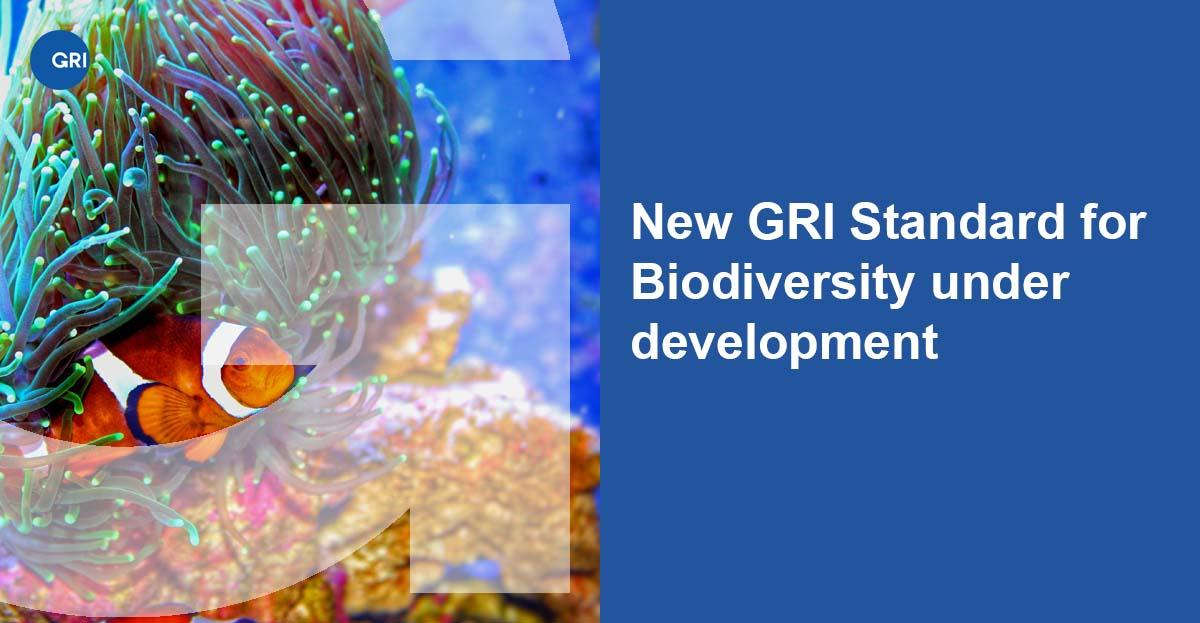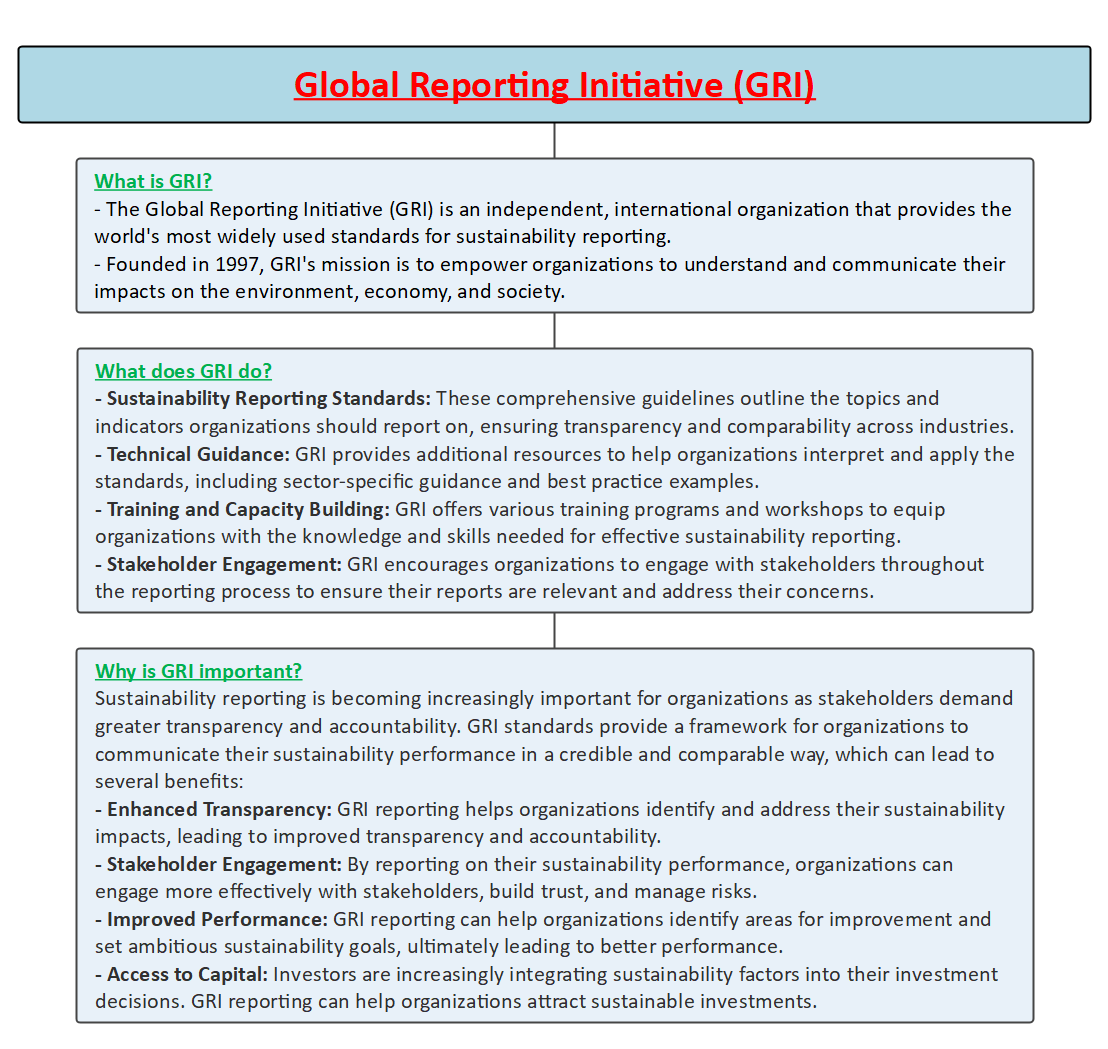Free Courses Sale ends Soon, Get It Now


Free Courses Sale ends Soon, Get It Now



Copyright infringement not intended
Picture Courtesy: https://www.3blmedia.com/news/gri-and-cdp-deliver-enhanced-reporting-biodiversity
Context: The Global Reporting Initiative (GRI) has introduced an updated transparency standard, known as the GRI Biodiversity Standard, to address the global biodiversity crisis.
Details
Key points about the GRI Biodiversity Standard

Conclusion
|
PRACTICE QUESTION Q. To what extent can technological advancements like carbon capture and storage or geoengineering be ethically and sustainably used to mitigate climate change, considering potential unintended consequences and the inherent uncertainty of these solutions? |
© 2024 iasgyan. All right reserved